Nanofluid CFD Training Package, Advanced Users, 7 Practical Exercises
Original price was: $2,050.00.$228.00Current price is: $228.00. Student Discount
- Nanofluid optimum concentration for Heat Transfer enhancement, Paper Validation
- Forced Convection of a Non-Newtonian Nanofluid in Tube, Paper Numerical Validation
- Electric Field Effect on Nanofluid Considering Charge Density
- Nanofluid Heat transfer in Double Pipe Heat Exchanger, Paper Validation
- Parabolic Solar Collector with Nano Fluid, Paper Numerical Validation
- Thermal Management of Battery Using Nano Fluid
- Electric Field Effect on Nanofluid Heat Transfer (EHD)
To Order Your Project or benefit from a CFD consultation, contact our experts via email ([email protected]), online support tab, or WhatsApp at +44 7443 197273.
There are some Free Products to check our service quality.
If you want the training video in another language instead of English, ask it via [email protected] after you buy the product.
Description
Nanofluid CFD Training Package, 7 ANSYS Fluent Products for Advanced Users
The Nanofluid CFD Training Package is prepared for Advanced users of ANSYS Fluent software, including seven practical exercises. You will learn and obtain comprehensive training on how to simulate projects. The knowledge you have will help you choose the most appropriate modeling approaches and methods for applications and CFD simulations.
1. Nanofluid optimum concentration for Heat Transfer enhancement, Paper Validation
The present study aimed to identify the optimal concentration of nanoparticles when using TiO2 nanoparticles with water to discover the possible mechanism of increased heat transfer. This work is based on the paper “Optimal Concentration of Nanofluids to Increase Heat Transfer under Natural Convection Cavity Flow with TiO2 – Water,” The quasi-simulation results are compared with the results of the paper.
2. Forced Convection of a Non-Newtonian Nanofluid in Tube, Paper Numerical Validation
The present problem simulates the forced heat transfer of a non-Newtonian nanofluid in a horizontal tube using ANSYS Fluent software. This simulation is based on the information from a reference article, “Modeling of forced convective heat transfer of a non-Newtonian nanofluid in the horizontal tube under constant heat flux with computational fluid dynamics,” and its results are compared and validated.
3. Electric Field Effect on Nanofluid Considering Charge Density
In this case, an N-shaped curved pipe is used to model a cross-section of Cooling System pipes using ANSYS Fluent software. A thin wire is placed in the middle of this pipe to apply an electromagnetic charge. Cool water enters the pipe at the inlet. There are hot walls in the parts of the pipe body with a temperature of 390 Kelvin.
4. Nanofluid Heat transfer in Double Pipe Heat Exchanger, Paper Validation
The problem simulates the heat transfer inside a double pipe heat exchanger with a Louver strip, using ANSYS Fluent software. The simulation process is based on the data in the reference article [Heat transfer enhancement of nanofluids in a double pipe heat exchanger with louvered strip inserts].
5. Parabolic Solar Collector with Nano Fluid, Paper Numerical Validation
The present problem simulates heat transfer within a tube of a parabolic solar collector containing water flow. This numerical simulation has been done based on the reference paper “Thermal performance analysis of solar parabolic trough collector using nanofluid as working fluid: A CFD modeling study,” and the results have been compared and validated with the results in the article by ANSYS Fluent software.
6. Thermal Management of Battery Using Nano Fluid
The present problem simulates the Thermal Management of Battery Using Nano Fluid (Two-Phase) by Ansys Fluent software. This simulation is related to a Dual-Potential MSMD (multiscale multidomain) battery model.
7.Electric Field Effect on Nanofluid Heat Transfer (EHD)
in this project, nanofluid flows in a bumpy channel in the presence of an applied electrical potential applying ANSYS Fluent software. Fluid flow is steady and is simulated as one single-phase flow. However, the thermophysical properties of nanofluid are modified.
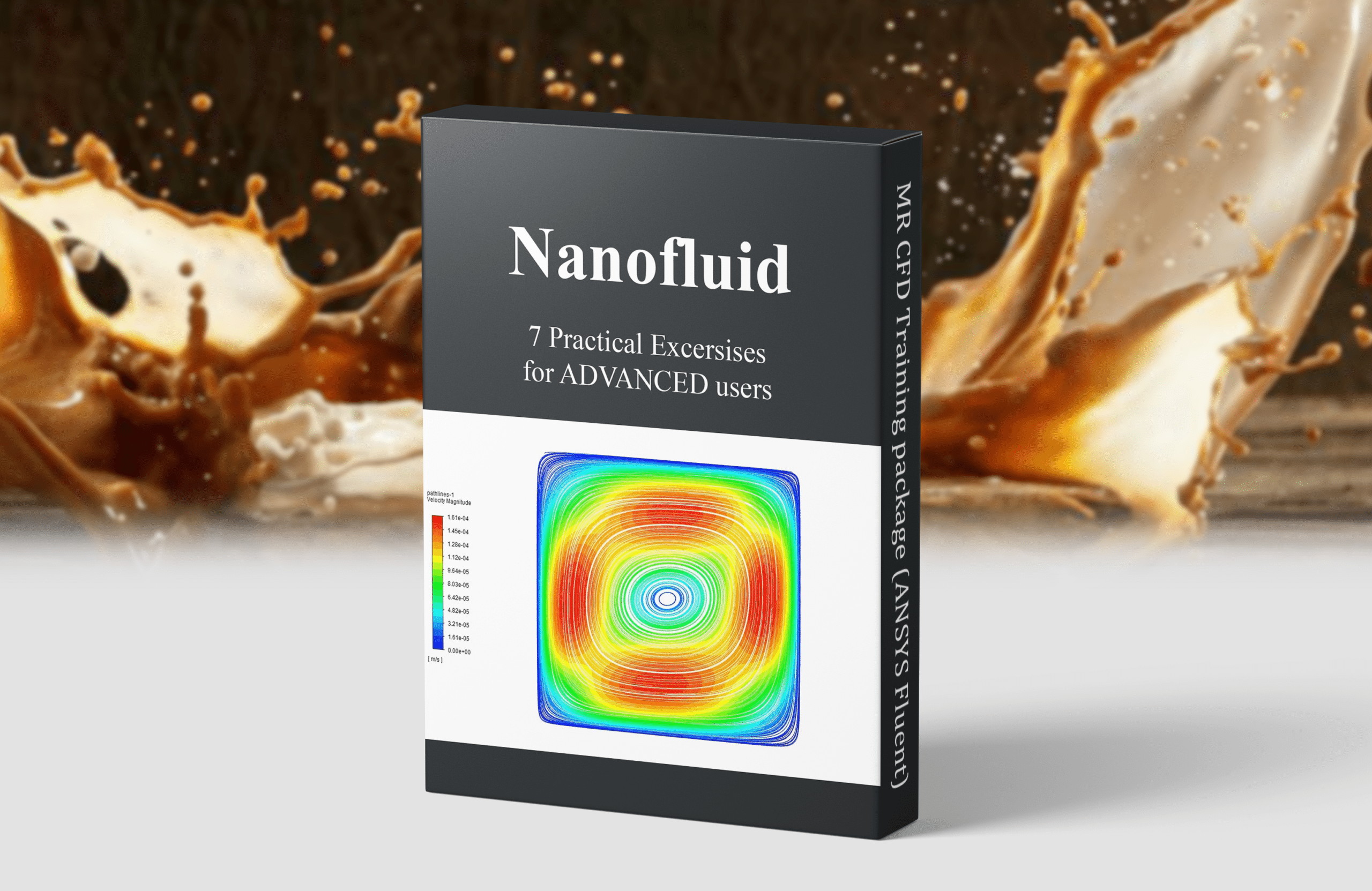
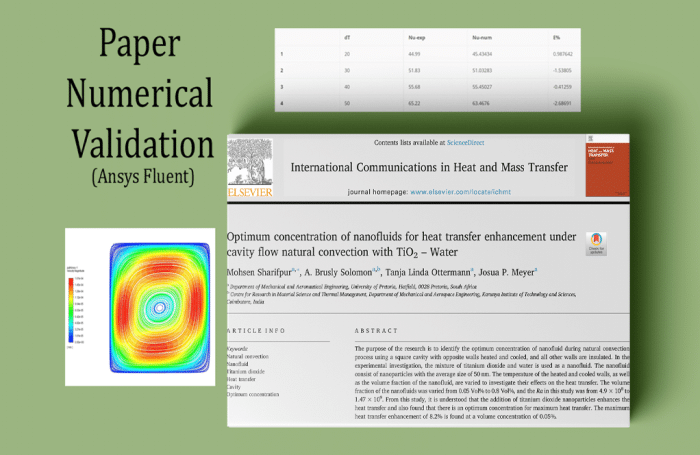
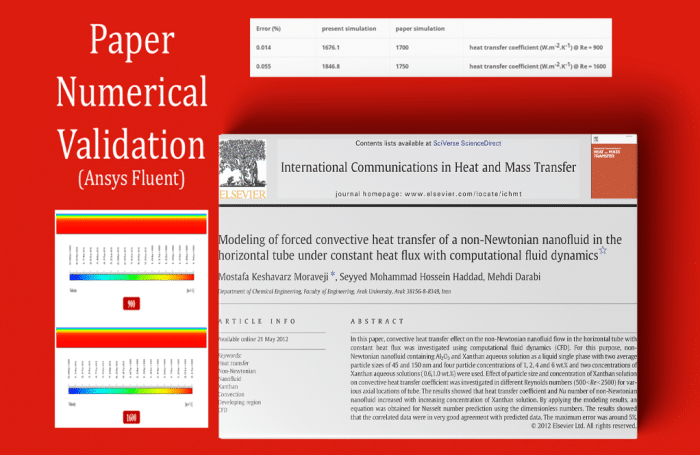
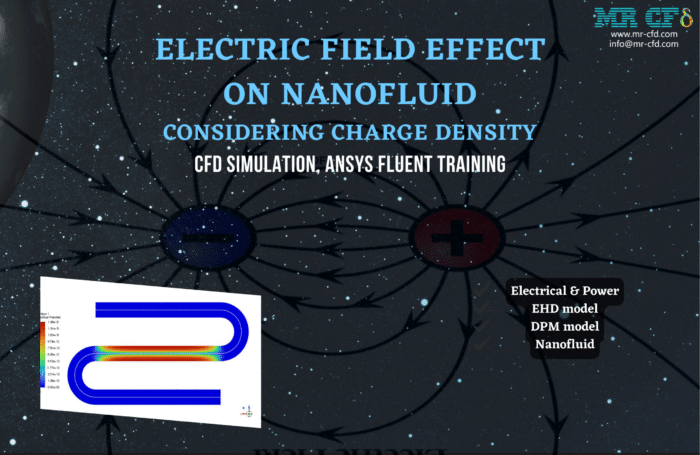
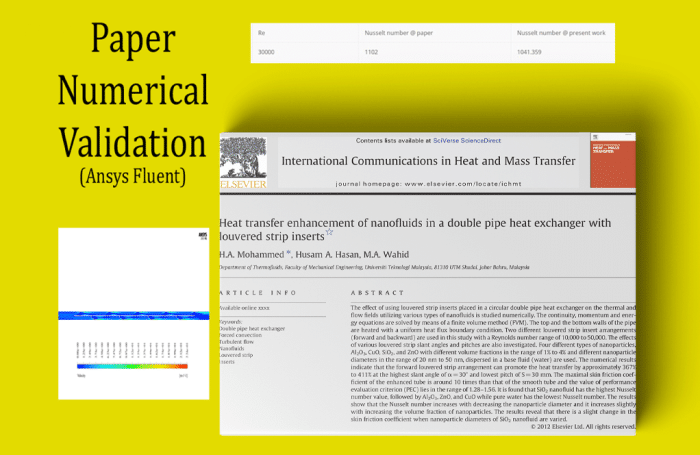
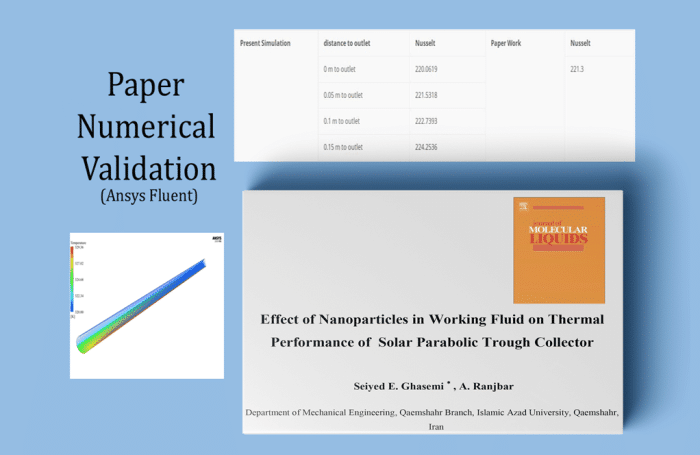
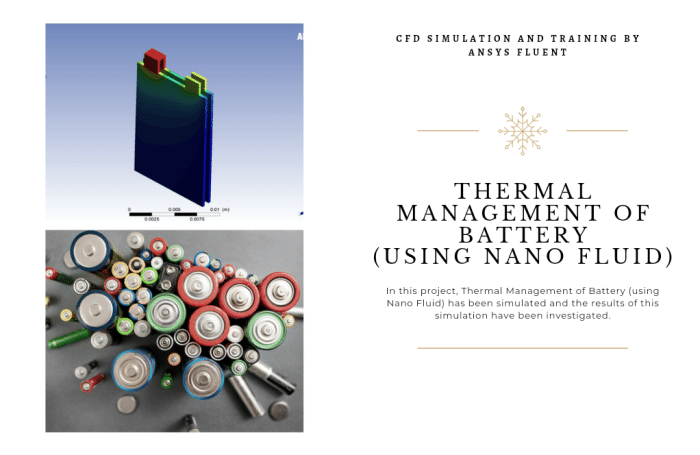
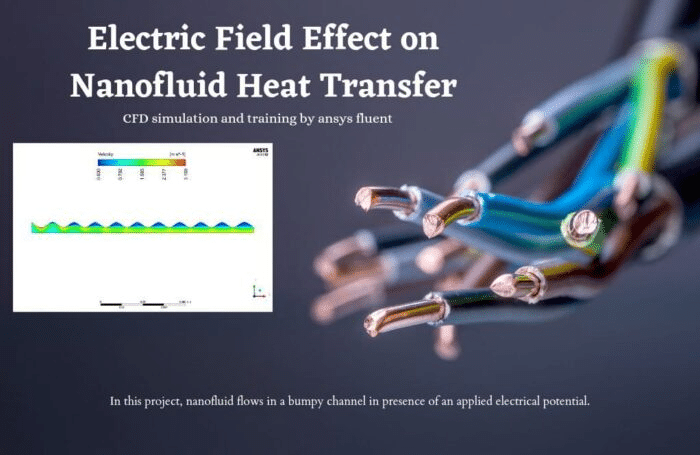
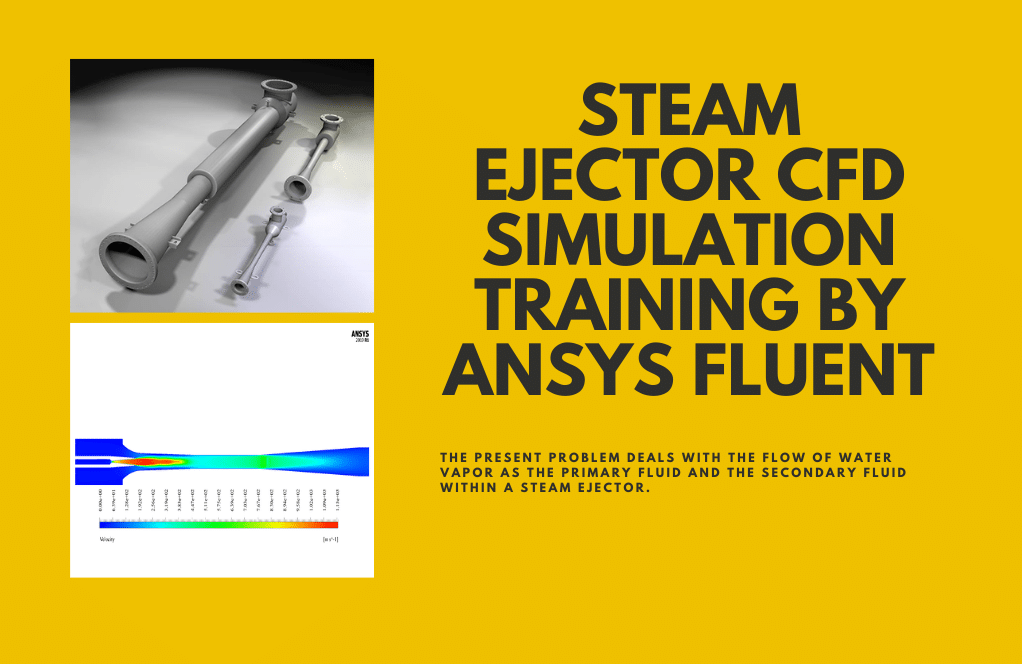

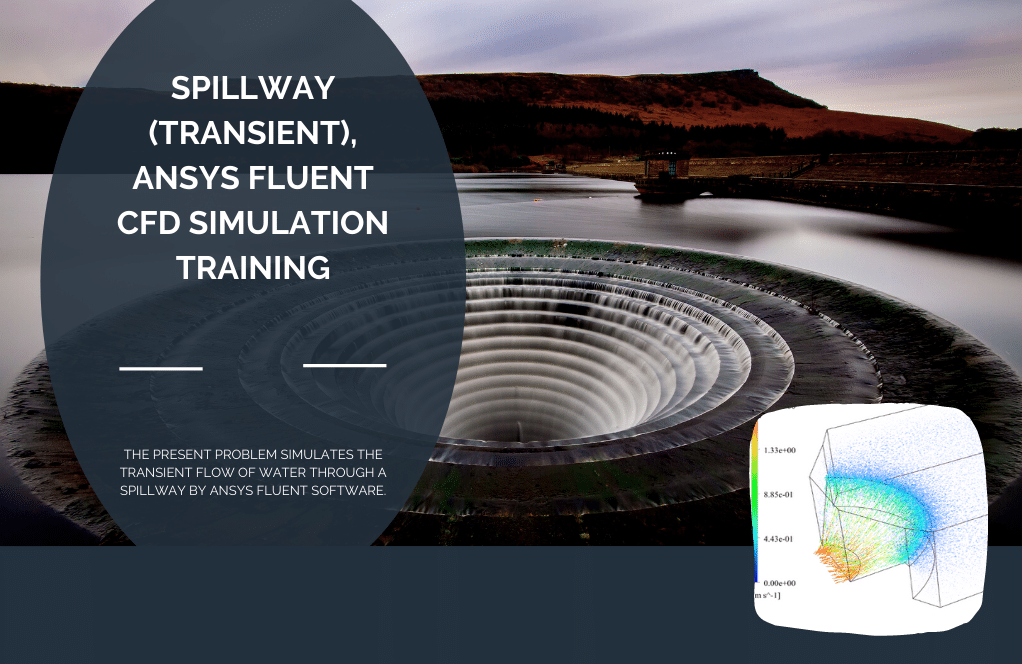
Arlene Goyette III –
The training package sounds comprehensive. Does it include specific tutorials on how to set up and interpret simulations for predicting nanoparticle distribution within the fluid flow?
MR CFD Support –
Yes, the training package includes detailed tutorials and practice exercises that cover setting up simulations, including the aspects of predicting nanoparticle distribution within the fluid flow. Step-by-step guidance will help you understand how to approach such simulations and interpret the results effectively.
Dolores Durgan –
I appreciate the diverse topics covered in your Nanofluid CFD Training Package. The practical examples appear thorough and insightful. Can you tell me if the simulations come with step-by-step instructions or tutorials for replication and learning?
MR CFD Support –
The Nanofluid CFD Training Package includes detailed instructions and step-by-step guidelines designed to help users understand and replicate the simulations. With this comprehensive training, advanced ANSYS Fluent users can learn at their own pace by following our systematic approach.
Jay Pagac Jr. –
This training package has been a fantastic resource for understanding the complexities of nanofluid simulation in ANSYS Fluent. The real-world applications and validations with academic papers give me confidence in the tools provided. Can you confirm that the package includes guidance on setting up the simulation properties for non-Newtonian fluids as well?
MR CFD Support –
Yes, the Nanofluid CFD Training Package does include guidance on setting up non-Newtonian fluid properties. It features practical exercises designed to help you understand the simulation of non-Newtonian nanofluids in tubes and how to apply the correct models and settings for an accurate representation of the fluid behavior under forced convection.
Hilario Kessler –
What is the main advantage of using nanofluids in the simulations present in this training package?
MR CFD Support –
Using nanofluids can enhance the thermal performance of systems due to the nanoparticles’ higher thermal conductivity compared to the base fluid. In each simulation of the training package, you learn to optimize conditions like nanoparticle concentration and arrangement, and the effects of nanofluids under different conditions such as electric fields and flow regimes.
Ms. Julie Labadie DDS –
These exercises have really opened my eyes on how to effectively simulate different nanofluid applications. The theoretical and validation-based approach was particularly helpful in deepening my understanding of heat transfer enhancements using nanofluids.
MR CFD Support –
We’re thrilled to hear that our Nanofluid CFD Training Package has enriched your knowledge and skills in the field of CFD simulations with nanofluids. Our goal is to provide comprehensive learning tools for advanced users, and we appreciate your positive feedback. Thank you for choosing our materials, and we hope they continue to support your projects and research!
Dr. Sanford Schuster DVM –
This Nanofluid CFD Training Package truly took my simulation skills to a new level. The case studies were quite challenging but highly rewarding, and the range of applications from battery thermal management to parabolic solar collectors expanded my perspective on practical CFD applications.
MR CFD Support –
We’re thrilled to know that our Nanofluid CFD Training Package has significantly enhanced your simulation skills and broadened your understanding of its diverse applications. Thank you for taking the time to share your positive experience and the value you found in the advanced case studies.
Eliseo Gerlach V –
Thank you for providing a package that covers such a wide range of practical exercises for nanofluid simulations. The paper validations from these exercises must surely reinforce the reliability of the simulation results.
MR CFD Support –
Thank you for your kind words! We pride ourselves on offering comprehensive learning materials that help our customers enhance their simulation skills. We’re delighted to know that our product met your expectations and provided beneficial validations for your projects. If you have any more feedback or need further assistance, please feel free to reach out.
Alejandra Hahn Sr. –
I am very pleased with the Nanofluid CFD Training Package! The practical exercises were challenging and perfectly tailored for an advanced user like myself. The validation against published papers was essential for understanding the accuracy and relevance of the simulations. Well done!
MR CFD Support –
Thank you so much for your kind words! We’re really glad to hear that you found the practical exercises challenging and the paper validations useful for understanding your simulations. Your satisfaction as an advanced user means a lot to us. If you have any more feedback or need further assistance, please let us know!
Karine Hackett –
I recently completed the exercises in the Nanofluid CFD Training Package and found the content to be extremely informative! Could you tell me what sort of background knowledge is required to get the most out of these advanced exercises?
MR CFD Support –
To get the most out of the Nanofluid CFD Training Package for advanced users, it is expected that you have a strong foundation in fluid dynamics, heat transfer, and prior experience with using ANSYS Fluent software. Familiarity with CFD theory, understanding numerical methods for simulation, and the ability to interpret simulation results are also crucial.
Mrs. Marjolaine Treutel IV –
I’m really pleased with the thoroughness of the practical exercises included in the Nanofluid CFD Training Package! Each exercise provided valuable hands-on experience and insights into the unique properties of nanofluids and their applications in thermal systems.
MR CFD Support –
Thank you so much for your positive feedback! We’re delighted to hear that the Nanofluid CFD Training Package met your expectations and provided useful, hands-on learning experiences. Your success is our goal, and we are pleased that you found the practical exercises valuable for gaining insights into the intricacies of nanofluid simulations.
Mr. Morgan Oberbrunner III –
I’m so impressed with the Nanofluid CFD Training Package and how it combines theory with practical applications! It was especially helpful how each exercise was building upon the last, giving me a solid understanding of nanofluid simulations in different systems.
MR CFD Support –
Thank you for your positive feedback! We are thrilled to hear that our Nanofluid CFD Training Package met your expectations and effectively enhanced your understanding of nanofluid simulations. It’s great to know that our structured exercises provided you with a comprehensive learning experience. Should you have any further questions or need more assistance, do not hesitate to reach out.
Junior Ortiz –
Wow, this Nanofluid CFD Training Package covers a wide range of advanced topics!
MR CFD Support –
Thank you for your kind words! We’re delighted to hear that you appreciate the diversity and advanced nature of the topics covered in our Nanofluid CFD Training Package. We aim to provide comprehensive and challenging modules for our advanced users. If you have any further questions or need support as you work through the practical exercises, please don’t hesitate to reach out to us.
Flo Abbott –
This Nanofluid training package looks comprehensive! Is there one-on-one support available if I get stuck during my training?
MR CFD Support –
Our Nanofluid CFD Training Package is indeed thorough and designed for advanced users. If you find yourself needing assistance, we offer support to ensure you have a smooth learning experience. Please feel free to reach out for help when necessary.
Tremaine Pfannerstill –
I have just finished all seven exercises from the Nanofluid CFD Training Package for Advanced Users, and I am thrilled with the depth and clarity of the material. The range of applications from heat exchangers to solar collectors has significantly widened my understanding and will be incredibly valuable in my work.
MR CFD Support –
Thank you for your kind words! We’re glad to know the Nanofluid CFD Training Package met your expectations and that you’ve found the exercises both comprehensive and applicable. We take pride in supporting our customers’ growth in CFD skills. Your success is our success, and we hope to continue providing quality learning materials for your future needs!
Prof. Elody Altenwerth III –
This training package seems comprehensive, but are there any prerequisites for undertaking these exercises, and is support provided if I encounter issues during my learning process?
MR CFD Support –
Yes, this training package is designed for advanced users, so a solid understanding of the fundamentals of fluid dynamics and familiarity with ANSYS Fluent software are expected prerequisites. Furthermore, support is typically provided for users learning through these exercises, either through forums, helpdesk, or direct contact with the instructional team, depending on MR CFD Company’s policy.
Reva Rath –
Fabulous training package for diving deep into nanofluid simulations. The hands-on exercises were insightful and challenging. It was gratifying to see how different nanofluid properties influence heat transfer, especially with the guidance provided on selecting modeling approaches for various scenarios.
MR CFD Support –
Thank you so much for your kind words! We’re thrilled to hear that you found our Nanofluid CFD Training Package to be insightful and that the exercises helped deepen your understanding of the subject. We aim to provide the tools and guidance needed to explore the advanced applications of CFD in nanofluids. We appreciate your feedback and are glad we could contribute to your learning experience! If you ever have further inquiries or need assistance, don’t hesitate to reach out.
Arielle Swift II –
I just finished the Advanced Nanofluid CFD Training Package, and I have to say, I am very impressed. The practical exercises were in-depth and the correspondence with the published papers gave me confidence in the validity of the simulation techniques. Great job on putting together a comprehensive training package.
MR CFD Support –
We’re thrilled to hear that our Nanofluid CFD Training Package for Advanced Users met your expectations and provided a valuable learning experience. Thank you for recognizing the effort we put into aligning our practical exercises with academic research for credibility. Your feedback is greatly appreciated, and we look forward to continuing to support your CFD journey.
Ms. Carmella Jacobson III –
I’m really impressed with the range this training package covers, particularly the combination of theoretical concepts with practical CFD exercises. Great job on providing validations with the reference papers!
MR CFD Support –
We’re thrilled to see your positive feedback! It’s our aim to offer a comprehensive and practical learning experience that reflects real-world challenges and scenarios. Thank you for recognizing our efforts.